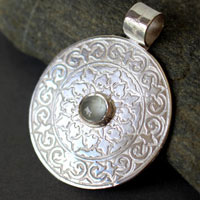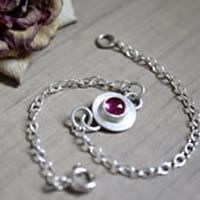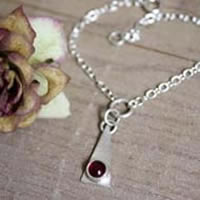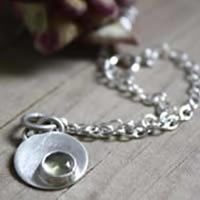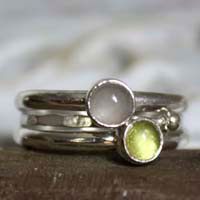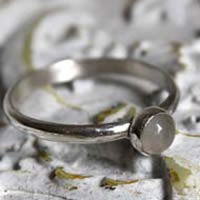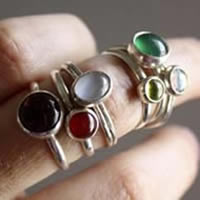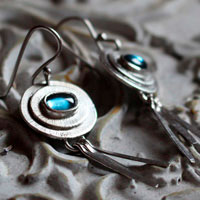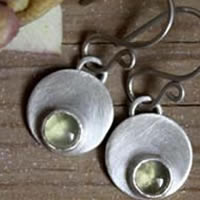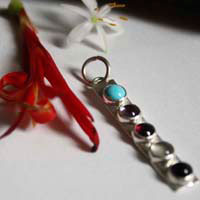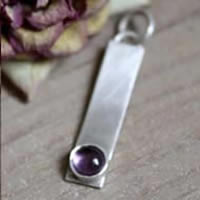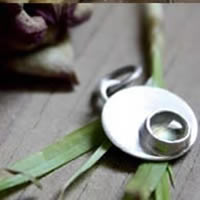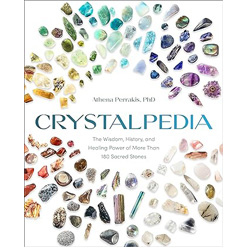- Jewelry
- Inspiration
- Our imagination
- Birthstones
- Celebrating with Eternal Flowers
- Druids and druidesses
- Flower meanings
- History, archeology jewelry
- History and healing properties of metals
- History and healing properties of stone
- Illumination jewelry
- Japanese symbols
- Maya calendar jewelry
- Stone color symbolism
- Stones catalogue
- Wedding anniversaries
- Searches a theme on the site
- Good Deals
- Paintings
- About
- Contact
JEWELRY
- Anklet
- Bracelets
- Brooches
- Cufflinks
- Earrings
- Pendants & Necklaces
- Rings
- Draw your jewelry
- How to clean your jewel
- Metal we used
INSPIRATION
- Our imagination
- Birthstones
- Celebrating with Eternal Flowers
- Druids and druidesses
- Flower meanings
- History, archeology jewelry
- History and healing properties of metals
- History and healing properties stones
- Illumination jewelry
- Japanese symbols
- Maya calendar jewelry
- Stone color symbolism
- Stones Catalogue
- Wedding anniversaries
- Searches a theme on the site
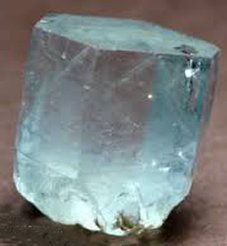
Aquamarine: history, healing properties and lithotherapy
Aquamarine properties

Aquamarine gets its name from the Latin "Aqua marina", meaning "sea water," in reference to its light blue-green hue, which evokes the calm and soothing tones of the ocean. While its name is primarily associated with this color, it is worth noting that the aquamarine’s palette can range from a very pale light blue to a deep, almost sapphire-like blue, depending on the iron content within the stone. The higher the concentration of iron, the more intense the color. It is also known by the names beryl or Siberian chrysolite.
In 1910, a remarkable discovery in Brazil revealed the largest aquamarine ever recorded, weighing 110 kg. This exceptional gem exemplifies the richness and diversity of this precious stone, which continues to captivate with its beauty and fascinating history.
Additionally, aquamarine is a mineral from the beryl family, which also includes emerald. Its chemical composition is primarily aluminum and beryllium silicate, and its color is due to the presence of iron. This stone is relatively hard, with a Mohs hardness of 7.5 to 8, making it suitable for use in jewelry. The transparency and calming color of aquamarine make it a popular choice for jewelry, from rings to pendants, and it is often cut into cabochons or faceted to enhance its beauty.
History, legends and beliefs about the aquamarine
Known since ancient times as the sailor’s stone due to its color, aquamarine was a prized talisman among sailors to ward off seasickness, face storms, and ensure a safe return from long voyages. Considered a symbol of luck and prosperity at the time, it was regarded as a protective and hopeful charm on the open seas.
The Romans, captivated by its beauty, extensively used aquamarine in their jewelry. Popular belief held that engraving a frog figure on the stone gave it the power to reconcile enemies, symbolizing peace and harmony.
In Greek mythology, aquamarine was believed to be the treasure of mermaids, adding a magical touch to its legacy.
In China, aquamarine was associated with the goddess Guanyin, the Great Compassionate One, protector of women and children, symbolizing mercy, compassion, and unconditional love.
The Maya, in turn, attributed properties to this stone connected to Akna, the goddess of motherhood and birth. They believed that aquamarine promoted a healthy pregnancy and protected newborns.
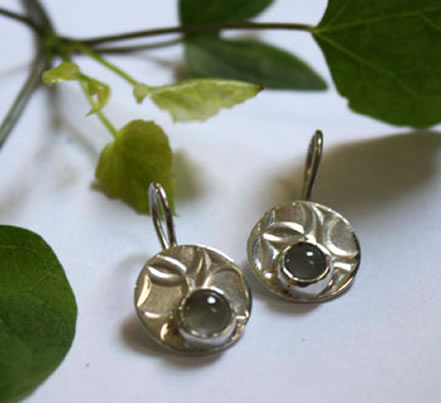
In the rich Slavic mythology, aquamarine comes to life alongside Kulapa, the goddess of herbs, and the summer solstice, often revered as the Water Mother. The Slavs believed that aquamarine could influence the seasons and natural cycles, further strengthening its association with the powers of nature.
During the Middle Ages, alchemists attributed unique powers to aquamarine, using it to prevent fluid retention and improve digestion. It was also considered a valuable antidote to various poisons, making it a prized gem among the nobility of the time.
Beyond its physical virtues, aquamarine was believed to rekindle love between married couples, adding a romantic dimension to its mysterious properties. An intriguing use of aquamarine emerged in the Middle Ages with divination. Seers particularly favored this stone for crafting the famous crystal balls, as well as other methods of fortune-telling. Divinatory techniques included holding an aquamarine crystal suspended on a string over a bowl of water marked with letters of the alphabet to receive answers from beyond. The ripples formed by dropping an aquamarine crystal into water could also be interpreted to predict the future. This precious stone truly served as a link between the physical and mystical worlds.
Aquamarine, associated with Saint Thomas due to its maritime symbolism, evokes the apostle’s voyages across the seas to spread the gospel. Thus, it becomes the stone of the traveler, carrying with it powerful symbolism and a captivating history throughout the ages.
Mines: Afghanistan, Brazil, Australia, Pakistan, Madagascar, the USA and Norway.
Healing properties and benefits of the aquamarine
Throughout the long history of humanity, aquamarine has been associated, like many other gemstones, with various properties, virtues, and symbolic uses. The information presented here is framed within a cultural and historical perspective, aiming to illustrate how different civilizations may have interpreted this gem over the centuries. As with the previous entries, this is a documentary approach and does not constitute a therapeutic or medical recommendation, nor does it reflect personal beliefs.
- In several traditions, aquamarine is attributed with the capacity to relieve discomfort.
- It is sometimes mentioned as a symbolic support against seasonal allergies, particularly those related to pollen.
- Beyond its calming shades, aquamarine is described in certain accounts as an ally against sadness or discouragement, in connection with ideas of tension release and emotional balance.
- In some historical or popular contexts, this gemstone was recommended for discomforts of the jaw and teeth, suggesting relief from oral pain.
- It is also cited for its supposed relevance in eye-related concerns, being symbolically linked to visual comfort.
- At the bodily level, aquamarine occasionally appears in traditions as supportive of the kidneys or lymphatic system.
- It is further described as stimulating the body’s defenses, particularly in relation to the nervous system, bladder, kidneys, or liver, reflecting the notion of overall reinforcement.
- Among the properties traditionally attributed to it, some traditions link aquamarine to support for blood health, notably in relation to anemia.
- It is also considered beneficial for aiding the elimination of retained fluids, associated with ideas of purification or detoxification of the body.
- Physically, aquamarine is sometimes cited as relieving cervical tension, in the context of muscular relaxation.
- Finally, certain popular beliefs reference it in relation to skin conditions such as eczema, hives, acne, herpes, or shingles, where it is seen as supporting the well-being of the skin.
 Please note that all healing properties attributed to stones come from ancient traditions and various cultural sources. This information is provided for informational purposes only and does not constitute medical advice. In case of any health concerns, it is recommended to consult a qualified professional.
Please note that all healing properties attributed to stones come from ancient traditions and various cultural sources. This information is provided for informational purposes only and does not constitute medical advice. In case of any health concerns, it is recommended to consult a qualified professional.
Aquamarine jewelry samples
To learn more about litotherapy, we recommend you the following books:

